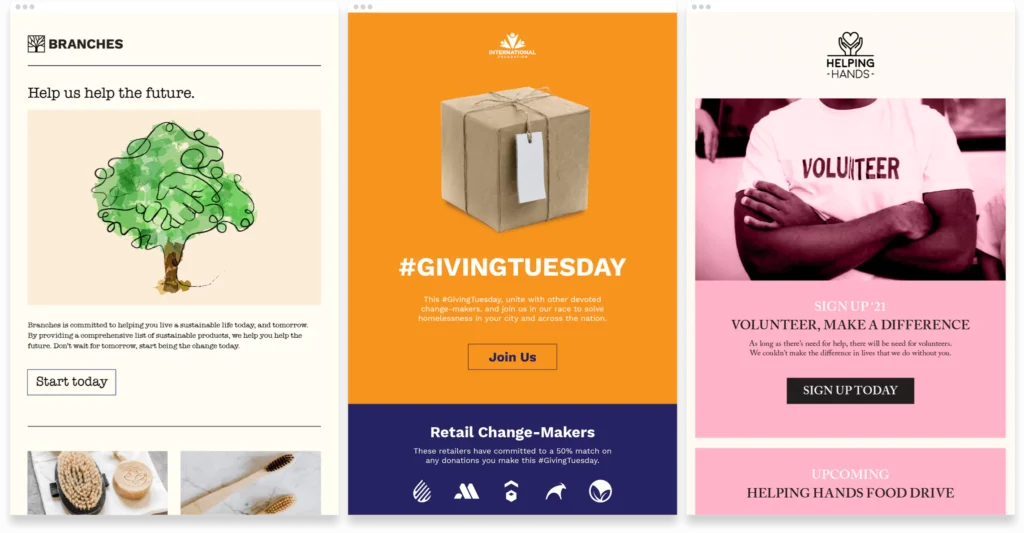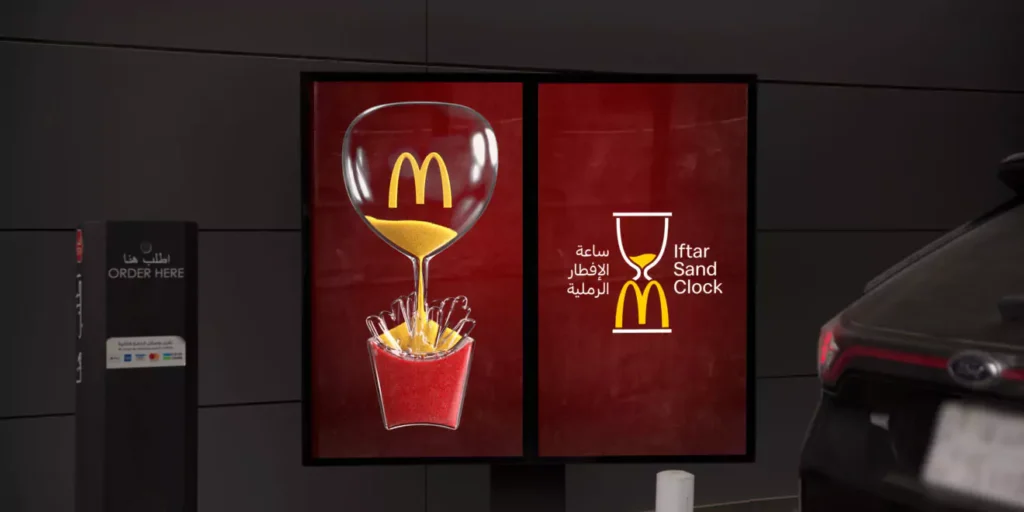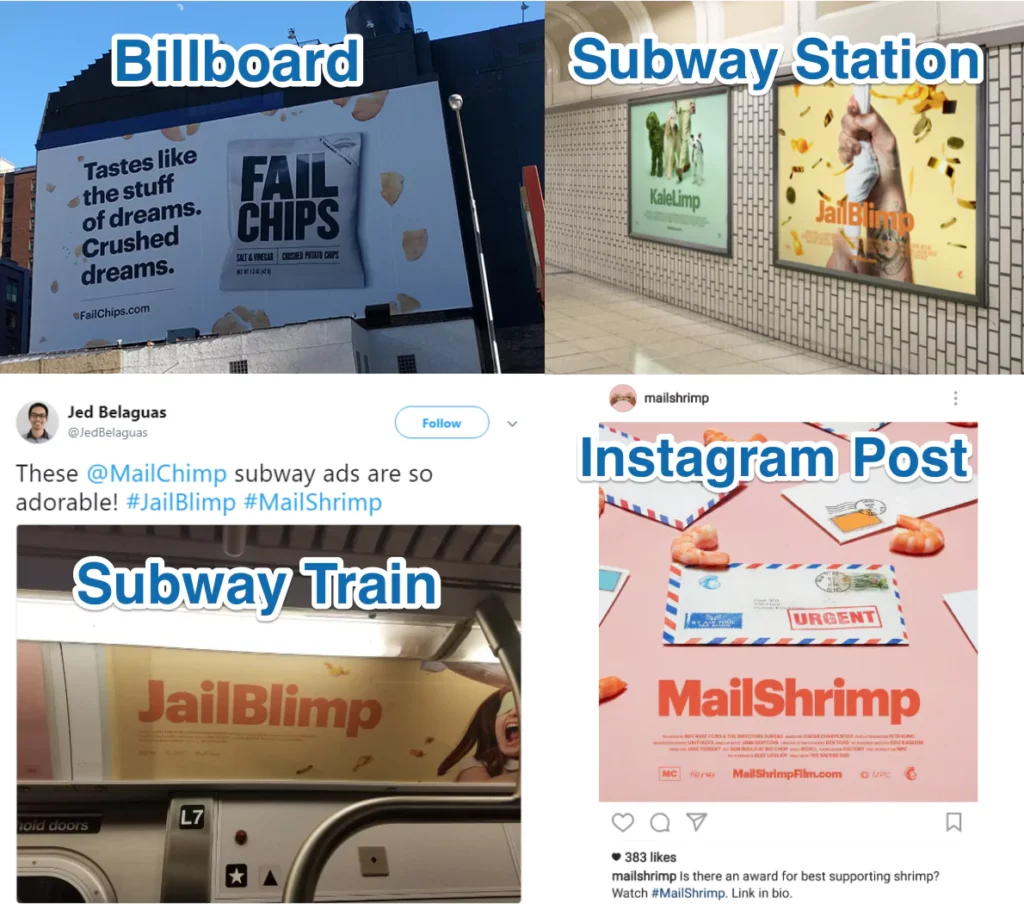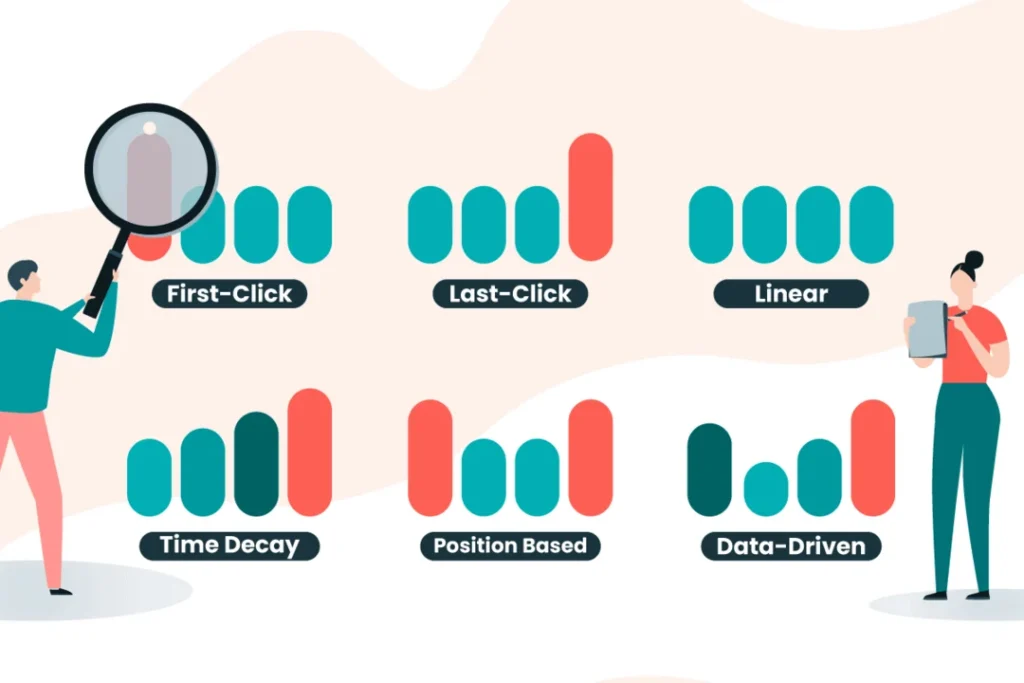Marketing vs Advertising: A Comprehensive Comparison
When promoting a business, product or service, the terms “marketing” and “advertising” often get used interchangeably. However, while related, they refer to distinct strategies and concepts. Understanding the key differences between marketing vs advertising is essential for crafting an effective promotional plan.
Table of Contents
Defining Core Concepts
Before diving into the similarities and differences, let's define what we mean by “marketing” and “advertising.”
What is Marketing?

Marketing refers to the broad, overarching strategy of understanding customer needs and promoting an organisation's products, services or ideas to meet those needs. It involves market research to identify target audiences and their preferences, then developing integrated campaigns across various channels like digital ads, events, content creation and more to attract and retain happy customers.
Some key marketing activities include:
- Market analysis
- Branding
- Campaign planning/strategy
- Content creation
- Lead generation
- Customer relationship management
The ultimate marketing goal is to match the right product with the right audience at the right time.
What is Advertising?

Advertising is a specific component of the marketing mix focused on paying to promote your product, service or brand through third-party media channels. The goal is to spread brand awareness and persuade potential customers to take action.
Common advertising mediums include:
- TV and radio commercials
- Print ads (newspapers, magazines, brochures, etc.)
- Paid search ads
- Billboards and outdoor signage
- Sponsored social media posts
- Product placements
In summary:
- Marketing is the broader strategy focused on understanding/attracting customers
- Advertising is paying to promote your product through various media
Connection between Marketing and Advertising

Advertising as a Marketing Function
Advertising is an element of the promotion component of a marketing program. Other factors, like market research, product development, pricing, etc., feed into and inform advertising strategy.
So, advertising is essentially communication supporting the objectives of an organisation's marketing initiatives.
Broader Marketing Activities Also Aid in Advertising
While advertising furthers marketing goals, more general marketing activities also aid advertising. For example, insights from market research help create better-targeted, more persuasive ads. And customer data helps deliver those ads to receptive audiences.
In this way, there is a symbiosis between marketing and advertising functions.
Key Differences Between Marketing and Advertising
While advertising forms part of marketing activities, there are also some key differences, as shown in the table:
| Parameter | Marketing | Advertising |
| Focus | Understand customers to meet their needs | Promote the organisation's offerings |
| Orientation | Customer-centric | Organisation-centric |
| Approach | Pull approach – make offerings desirable | Push approach – persuade people to buy |
| Scope | Holistic, includes various functions | Specific function – promotional communication |
| Time Frame | Long-term brand and relationship building | Short-term increase in sales |
| Metrics | Market share, lifetime value, retention rate | Impressions, clicks, recall rate |
So, while marketing starts with customers, advertising stems from the organisation's objectives to persuade purchase. Marketing also takes a broader, long-term view compared to the sales-linked, short-term outlook of advertising.
Crafting Your Promotional Mix

We've explored definitions, key differences and overlap between marketing and advertising. Now let's discuss how brands can leverage them together by asking a straightforward question:
What percentage of your promotional budget should go towards marketing vs advertising activities?
The answer depends on your business stage, target audience, product mix, competitive pressures and growth goals.
While no universal ideal split exists, here's a quick framework to consider:
Startup Brands
Marketing – 60-80%
- Focus on market research, branding and product-market fit
- Seed social channels, startup content marketing, blogs
- Limit early paid advertising to test concepts
Advertising – 20-40%
- Experiment with grassroots guerilla tactics
- Geo-targeted pilot campaigns
- Complementary ads to boost viral organic reach
Emerging Brands
Marketing – 40-60%
- Expand buyer persona discovery
- Cultivate community connections
- Develop retention/loyalty programs
Advertising – 40-60%
- Scale personalised digital efforts
- Rapid testing across channels
- Regional expansion based on results
Established Brands
Marketing – 20-40%
- Launch customer tiers and partnerships
- Explore new markets/product innovations
- Celebrate loyal brand advocates
Advertising – 60-80%
- National and global ad saturation
- Measure granular campaign impact
- Defend market share through spend
This framework offers loose guidance on budget planning, but strategic flexibility remains vital as market landscapes evolve. Set critical metrics and differentiate marketing and advertising results to optimise spending. Their powers combine to drive profits when balanced thoughtfully.
Advertising's Role Within The Marketing Mix
Zooming out from the tactical advertising details helps to view roles within the broader marketing context. Advertising operates as part of an integrated marketing mix along with:
- Product – Goods and services meeting consumer needs.
- Price – Optimal amounts customers pay.
- Place – Getting products accessible to audiences.
- Promotion – Communicating selling messages like benefits.
- People – Staff training and engagement.
- Process – Smoothing ordering and fulfillment.
- Physical Evidence – Brand interactions across touchpoints.
This 7 P framework reinforces how advertising coexists within the marketing ecosystem for delivering customer value. Strategic coordination across all mix elements means consistent experiences and sustainable profits.
Advertising Mediums and Types

There are various mediums used for advertising, which enable targeting different demographics. There are also multiple formats and types of advertising.
Major Advertising Mediums
The main advertising mediums include:
- Broadcast Media – TV and radio ads
- Print Media – Newspaper, magazine, brochure ads
- Digital/Online Media – Search, display, and social media ads
- Out-of-Home Media – Billboards, posters, transit ads
Factors like audience reach, engagement, frequency, production costs, and metrics guide the selected mediums.
Different Advertising Formats and Types
Some formats and types of advertising include:
- TV Commercials
- Radio Spots
- Magazine and Newspaper Ads
- Brochures and Catalogues
- Internet Banner Ads
- Pay-per-click/Search Engine Marketing
- Social Media Advertising
- Product Placement in Entertainment
- Branded Events
- Public Relations and Press Releases
There are also more specialised ad types like classified, Yellow Pages, infomercial, political, direct mail advertising and many more tailored to specific situations.
Lookalike Audiences for Laser-Focused Targeting
Marketers define buyer personas and target consumer segments. To activate promotions, advertising partners with data analytics platforms to create Lookalike Audiences modelled after an existing core customer group.
Lookalike Audiences mirror vital demographics, interests and behaviours of current brand enthusiasts. Platforms like Facebook then help deploy ads to people resembling top fans but uniquely qualified to boost growth.
Benefits of building Lookalike Audiences include:
✔️ Find Your People – Identify untapped niches predisposed to engage.
✔️ Laser Focus – Eliminate irrelevant impressions with precision.
✔️ Optimize Spend – Promote where positioning resonates.
✔️ Scale Reach – Expand qualified awareness rapidly.
✔️Encourage Actions – Inspire conversions across sales funnels.
Lookalike Audiences blend the data-driven capabilities of advertising with marketing’s audience insights for right-fit messaging. Aligning target consumer understanding between teams lifts performance.
Attribution Modelling in Advertising

Closing the loop between advertising exposures and customer actions remains an inexact science, but attribution modelling provides clarity. Sophisticated platforms track omnichannel data points to allocate conversion credit across the first and last touchpoints.
Common varieties include:
- Single Source – All credit to the final click.
- U-shaped – Split between first discovery and last action.
- Time Decay – Emphasizes recent interactions using decay logic.
- Algorithmic – AI determines probabilistic distributions per touch.
Factoring online and offline data paints an attribution picture linking messaging to behaviours. While imperfect, better visibility of advertising's influence and popular journeys aids planning. This modelling also fuels lookalike targeting and personalisation.
Advertising Innovation with Virtual Assistants
Voice-activated virtual assistants like Alexa and Siri connect consumers hands-free to brands through conversational experiences. Smart speakers now reach over 30% of US households, allowing ads to be played using interactive audio.
Benefits of advertising with virtual assistants include:
- Natural Engagement – Two-way dialogue feels personalised.
- Seamless Integration – Bake brand mentions into weather reports, playlists or Q&As.
- Micro-targeting – Geofencing aligns ads to listening locations like at home or travelling.
- Purchase Enablement – Shoppers add items directly to voice-enabled shopping carts.
As smart devices and wearables proliferate across Internet of Things ecosystems, they will unlock immersive worlds with expanded advertising potential far beyond traditional placements.
Marketing Activities and Campaign Elements

While advertising is just one part, marketing involves various functions, and campaigns feature diverse elements.
Essential Marketing Functions and Activities
Some core marketing functions/activities include:
Market Research and Analysis
- Understanding buyer needs, behaviours, trends
- Researching target audience characteristics
- Analysing market conditions, competition benchmarking
Segmentation, Targeting and Positioning
- Dividing markets into specific segments
- Evaluating the attractiveness of segments
- Selecting target markets to focus on
- Position products/brands based on customer needs and competition
Brand Strategy and Development
- Creating a consistent brand identity and image
- Developing brand personality and equity over time
- Expanding brands to new markets and categories
Designing and Managing Product Portfolios
- Creating, modifying and removing products
- Managing brands across various products
- Balancing established and innovative products
Pricing Products and Services
- Selecting pricing models and policies
- Determining pricing levels and discounts
- Monitoring competitor pricing
- Managing dynamic pricing
Developing Distribution Channels and Logistics
- Choosing distribution models: retail, wholesale, online
- Managing distributor and retailer partnerships
- Creating an optimal, efficient product delivery system
Promotions Planning and Execution
- Setting promotion objectives and budget
- Choosing a promotion mix across mediums
- Creating messaging strategy and content
- Advertising – Planning, designing, and running campaigns
Sales Enablement and Management
- Producing sales literature and tools
- Training sales team on products and messaging
- Setting sales targets and monitoring progress
- Incentivising and supporting sales staff
Customer Experience Development
- Designing the entire customer journey
- Identifying touchpoints for engagement
- Creating multi-channel options and consistency
- Managing leads and sales process from awareness to retention
CRM and Customer Data Analytics
- Collecting customer data across touchpoints
- Creating customer data infrastructure
- Analysing data to draw customer insights
- Building customer profiles and segmentation
Elements of a Marketing Campaign
While individual marketing activities happen continually, focused marketing campaigns are also planned and executed. Some key elements include:
Overarching Campaign Strategy
- Goals based on brand, product, and market objectives
- Target segment profiles
- Unique brand positioning and message
Campaign Creative and Production
- Key slogans, taglines
- Thematic visual identities and packaging
- Photos, videos
- Advertising and collateral
Media Plan and Buying
- Channels to use – Broadcast, digital, OOH
- Media inventory and insertion orders
- Frequency and budget allocation
Campaign Impact Tracking
- KPIs to gauge campaign effect
- Brand health surveys
- Sales data monitoring
- Web traffic, coupon redemption
Marketing Resource Allocation
- Dedicated staff for campaign coordination
- Agency and external partner contracts
- Staff training for integrated campaign rollout
The elements come together into a strategic storytelling narrative directed at the buyer.
Marketing Strategies and Best Practices

Various marketing strategies and best practices enable competitive advantage.
Noteworthy Marketing Strategies
Market Penetration – Gain more market share for existing products in current markets through strategies like increased advertising spend.
Product Development – Introduce improved products or extensions like new formats and flavours.
Market Expansion – Sell existing products in new channels or geographical territories.
Diversification – Launch new and innovative product lines to tap more market segments.
Brand Revitalisation – Rediscover and reignite interest in an established but outdated brand.
Digital Marketing – Adopt emerging online, mobile and social channels for promotion.
Global Marketing – Standardise or localise marketing across different countries.
Relationship Marketing – Foster engagement and loyalty across existing customer base.
Key Best Practices
- Research cultural nuances for global campaigns
- Test market on small segments before mass launch
- Use emotion and stories to connect brands with audiences
- Engage influencers to expand reach
- Personalise engagement through gathering first-party data
- Develop integrated campaigns spanning multiple channels
- Provide utility and value beyond just sales messaging
- Leverage scarcity and urgency to prompt action
- Analyse campaign KPIs to optimise future initiatives
These strategies and best practices distinguish top-performing marketing programs.
Careers in Marketing vs Advertising

Both marketing and advertising offer diverse career paths for skilled professionals.
Marketing Careers
Some major marketing career options include:
Brand Manager – Responsible for brand strategy and marketing campaigns.
Marketing Manager – Leads marketing initiatives for products/services.
Marketing Researcher – Studies markets and analyses consumer behaviour.
Product Manager – Manages specific products from inception to growth.
Content Marketing Manager – Creates written, visual, and audio content.
Social Media Marketing Manager – Develops social media campaigns.
SEO & SEM Specialist – Implements search optimisation strategies.
Marketing Analyst – Collects and interprets marketing data.
Sales Manager – Leads company sales force and process.
With experience, one can become head of marketing divisions and CMOs.
Advertising Careers
Top advertising careers include:
Account Planner – Liaises between agency and client to brief the creative team.
Creative Director – Guides the visuals, messaging, and overall innovative approach.
Copywriter – Writes advertising descriptions, taglines, and scripts.
Art Director – Responsible for visual aesthetics and production design.
Content Creator – Develops innovative branded content.
Media Buyer/Planner – Purchases ad inventory and plans campaigns.
Digital Marketing Specialist – Plans and executes online advertising campaigns.
Higher-up roles include Advertising Director, VP Advertising, and Chief Creative Officer.
Conclusion and Recap
In closing, while often used interchangeably, important distinctions exist between marketing and advertising. Though sharing the same fundamental directive to promote brands to potential customers, comparisons reveal more deviations than similarities, even as activities intertwine.
Marketing adopts the wide-lens view of aggregating market research to segment audiences and position products competitively through integrated campaigns spanning digital content, sales funnels, customer service and beyond.
Advertising focuses on creating and placing persuasive promotional messaging into third-party media environments like social platforms, search engines and streaming TV apps based on targeting parameters.
Their scopes converge in the quest for maximum exposure and profit, even as budgets, metrics and areas of expertise diverge. Develop dedicated competencies, but unite messaging in style and spirit.
Aligning all marketing mix elements with targeted ad messaging creates consistent branded touchpoints that attract, convert and delight customers.
Review these key questions when planning:
- How should I allocate the budget between marketing strategies and advertising?
- What’s my optimal media mix for reaching my best buyer personas?
- How will messaging and content intertwine cohesively between efforts?
- What metrics best showcase marketing and advertising impact?
With thoughtful coordination as allies pulling together, marketing and advertising reinforce rather than distract. United, they turn curiosity into advocacy and one-time shoppers into raving loyalists.
Frequently Asked Questions
Here are answers to common questions for understanding marketing vs advertising dynamics:
Should my startup begin with marketing or advertising plans?
Start by identifying target buyer personas through marketing research. Pilot test nuanced messaging that resonates creatively on a small scale through advertising. Let authentic customer responses guide strategy before mass reach.
What's better for immediate sales – marketing vs advertising?
Advertising typically encourages urgent calls to action to drive instant sales, while marketing nurtures long-term loyalty. Balance both to achieve sustainable revenue growth.
How can I tell if my advertising aligns with marketing?
Analyse whether messaging speaks to customer motivations identified through marketing personas. Review performance metrics to see if promising advertising segments reflect target profiling.
Why does marketing seem fuzzy while advertising looks clear-cut by comparison?
Marketing seeks to understand people's constantly evolving needs amid dynamic markets, which resist rigid formulas, while advertising follows more defined media metrics around impressions and clicks.
Should marketing own the advertising process?
While marketing should guide positioning, a dedicated in-house advertising specialist or external agency often best executes the complex creative and analytical facets of ad campaign design, testing and placement.
